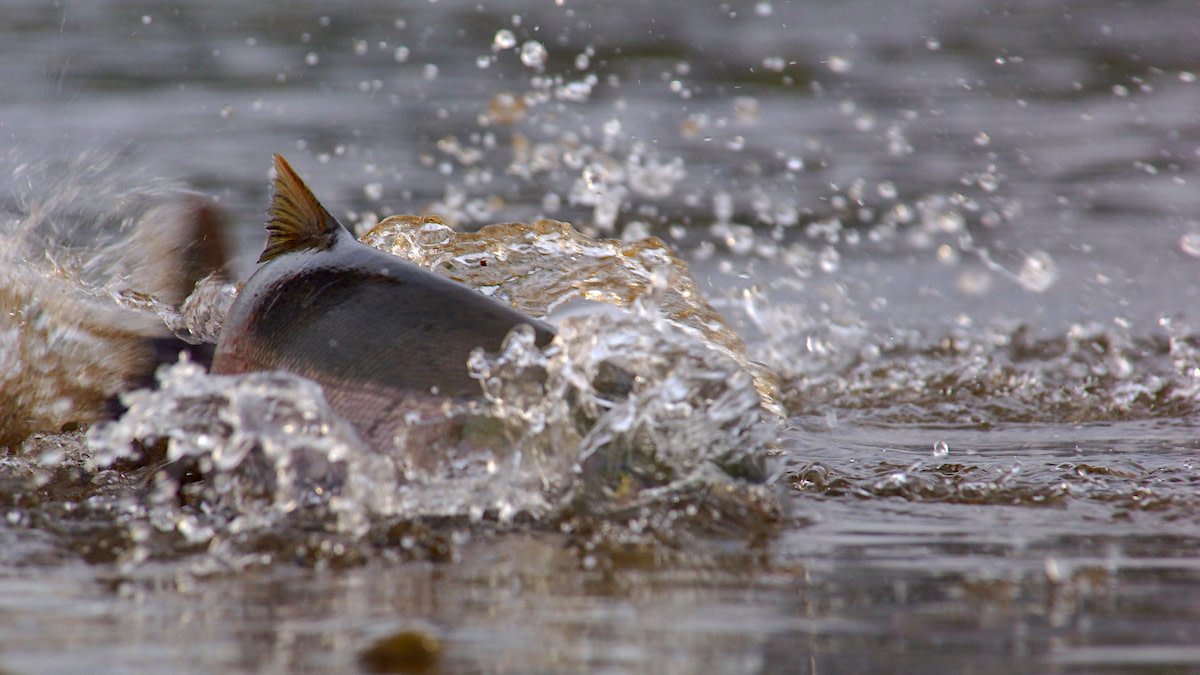
How to Set Up Salmon Fishing Rigs
Understanding Salmon Fishing Rigs
Salmon fishing rigs are designed with specific components to attract and catch salmon effectively. These typically include hooks, leaders, weights, and sometimes additional attractants like flashers or bait. The choice of rig setup depends on factors such as water conditions, the type of salmon you’re targeting, and whether you’re fishing in freshwater rivers, lakes, or offshore.
Choosing the Right Rig Setup
Before assembling your salmon fishing rig, consider the environment and the behavior of the salmon species you intend to catch. Different types of rigs, such as drift rigs, trolling rigs, or bait rigs, are used based on the fishing method and location. Understanding these factors helps in selecting the appropriate rig setup that matches the fishing conditions.
Assembling Your Rig
Start by assembling the basic components of your rig: the mainline, leader, and hook. Use strong knots like the clinch knot or improved clinch knot to securely attach the leader to the mainline. Ensure the knot is tight and reliable to withstand the weight and potential strength of a salmon. Adjust the length of the leader based on the depth at which salmon are expected to be feeding.
Adding Weights and Attractants
Weights are essential to ensure your rig sinks to the desired depth where salmon are likely to swim. Depending on the water depth and current, adjust the amount of weight to maintain proper depth control. Additionally, consider using attractants such as bait, lures, or flashers to enhance the visibility and appeal of your rig to salmon. These attractants mimic natural prey or reflect light to catch the attention of passing salmon.
Setting Depth and Spacing
The depth at which you set your rig is critical to its effectiveness. Adjust the depth based on where salmon are feeding, which can vary depending on factors like water temperature and time of day. Proper spacing between hooks, weights, and attractants ensures that each component functions optimally without tangling or interfering with each other.
Testing and Adjusting
After assembling your salmon fishing rig, test it in the water to ensure it performs as expected. Monitor its movement and behavior to see how it interacts with the water currents and depths. Make adjustments to the depth, spacing, or components as needed based on your observations and fishing experience. This iterative process improves the rig’s effectiveness and increases your chances of hooking a salmon.
Maintaining Your Rig
Regular maintenance of your salmon fishing rig is crucial to its longevity and performance. After each use, inspect the rig for any signs of wear, damage, or rust. Replace worn-out hooks, leaders, or weights to prevent equipment failure during a fishing trip. Proper care and storage of your rig between outings ensure it remains in top condition for future fishing adventures.
Conclusion
Setting up your salmon fishing rigs requires attention to detail and an understanding of the fishing environment. By selecting the right setup, assembling your rig correctly, and making necessary adjustments based on fishing conditions, you enhance your chances of success. With a well-prepared rig, you’re ready to enjoy memorable fishing experiences and bring home the catch of the day.




